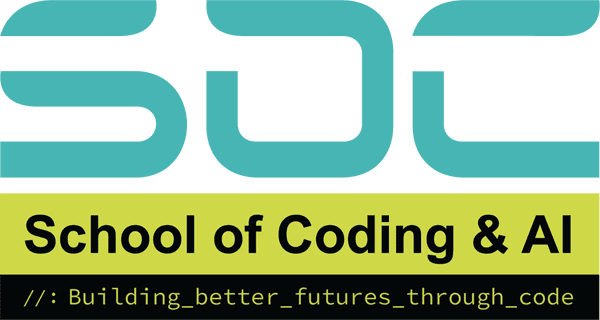
It’s time to stop thinking if AI is for you and start using it to change the way you operate. AI is here to make you progress and speed up the pace of your business. If you do not change with the time, the competitors who use AI might take over and you will be left behind.











